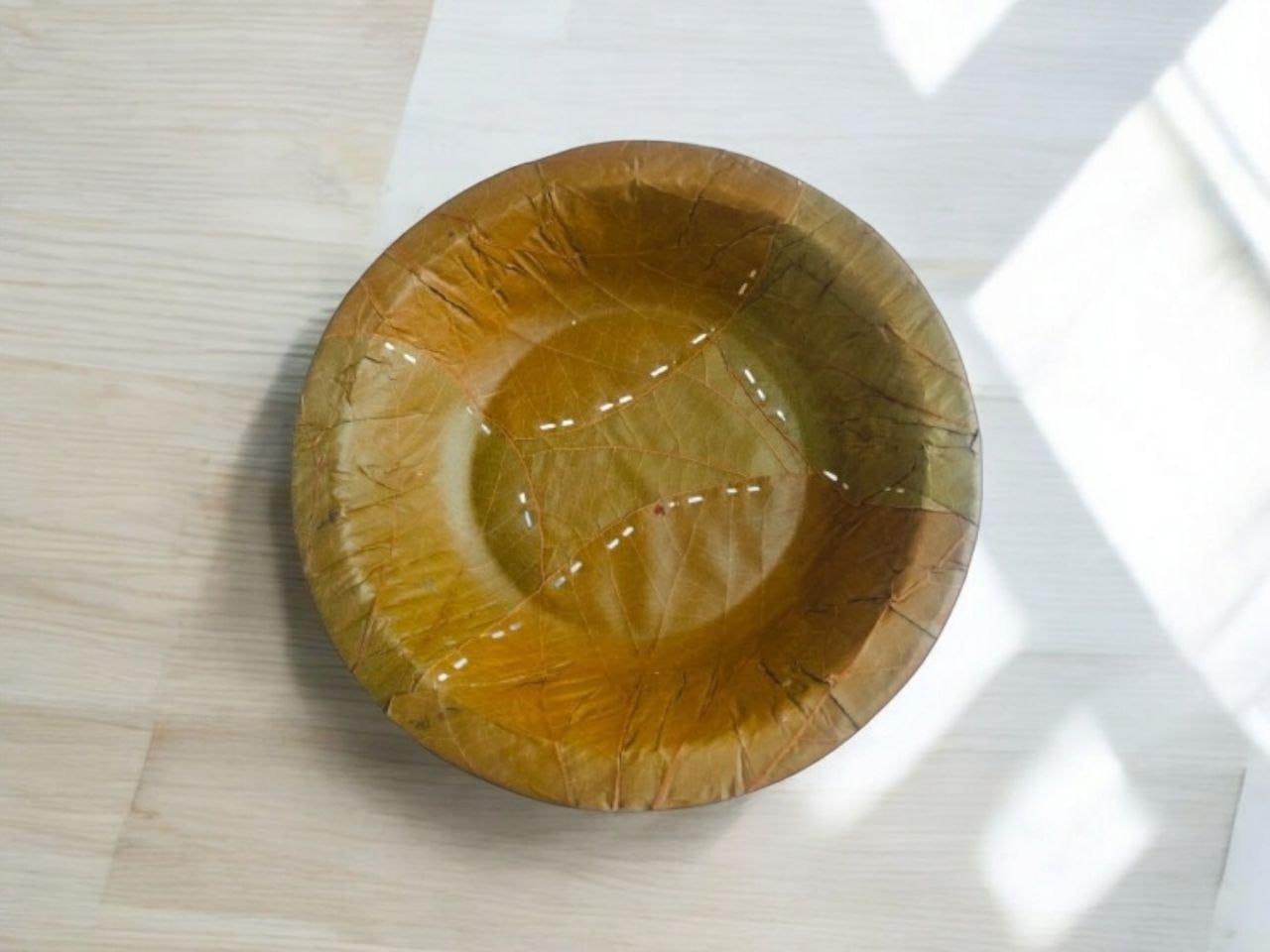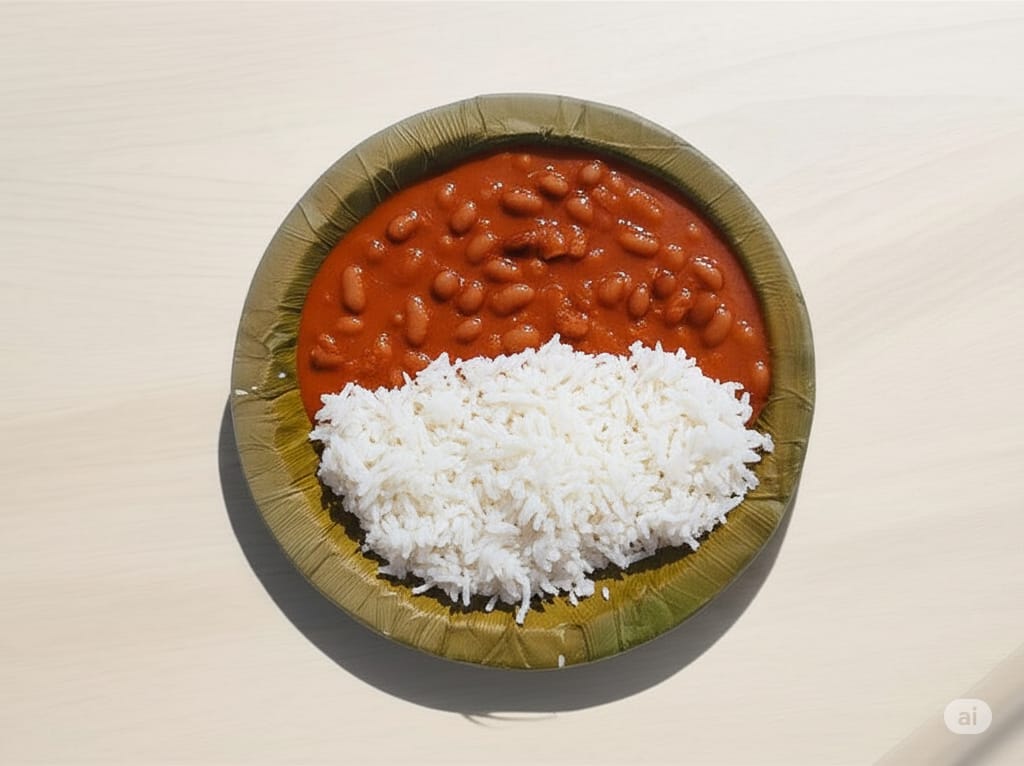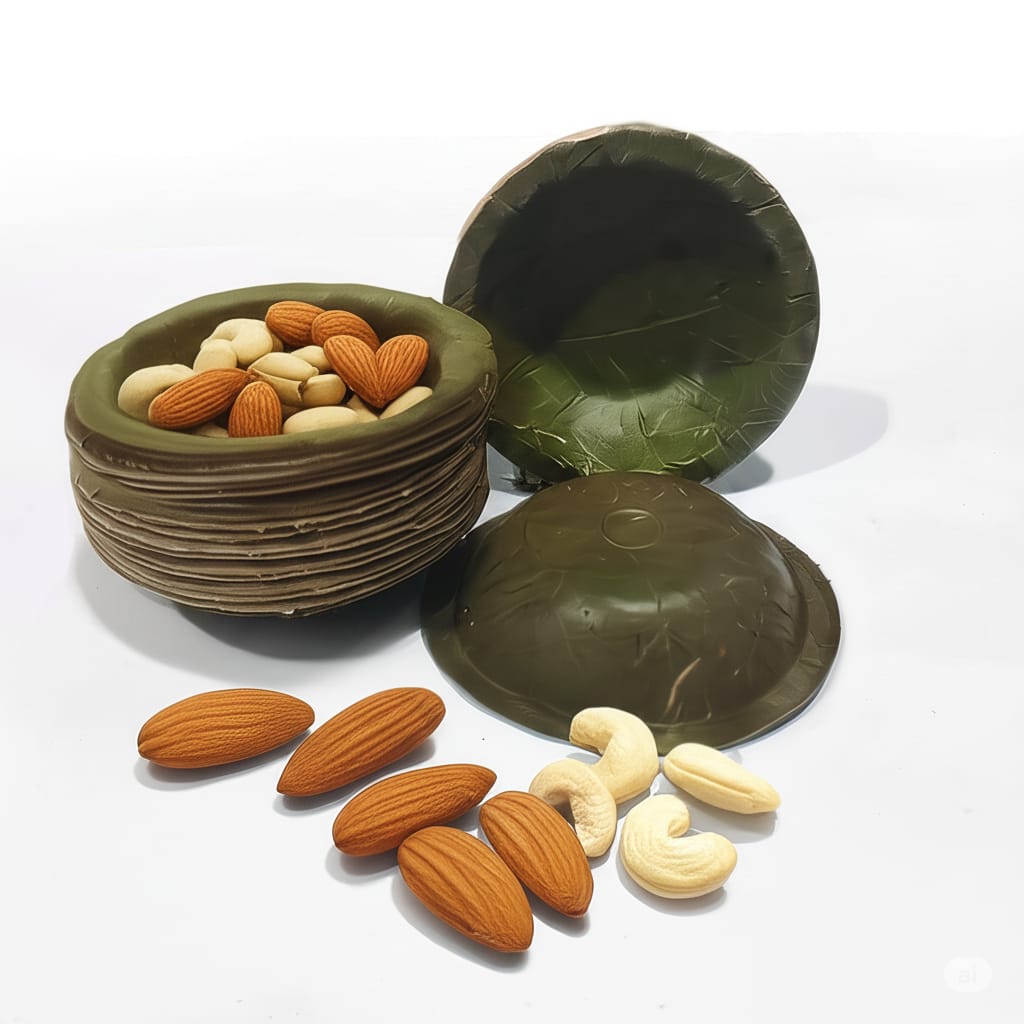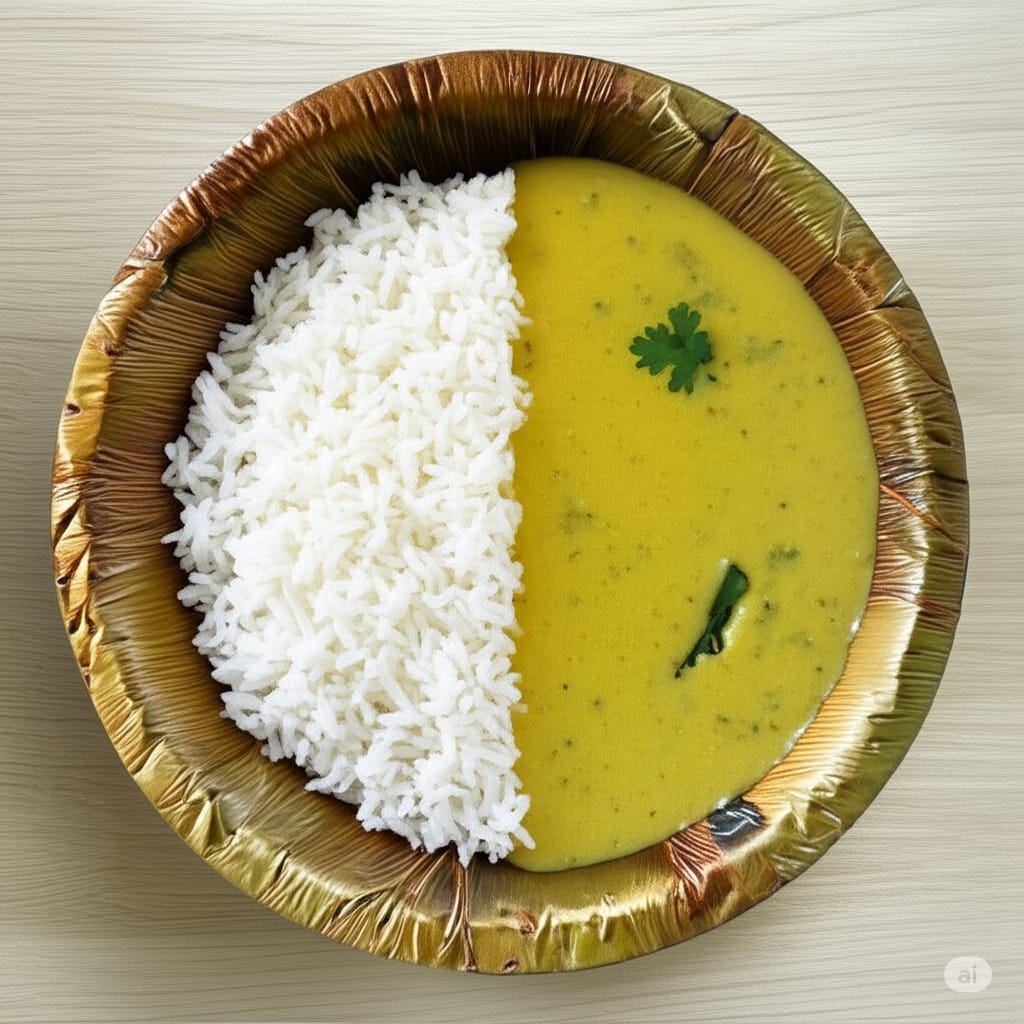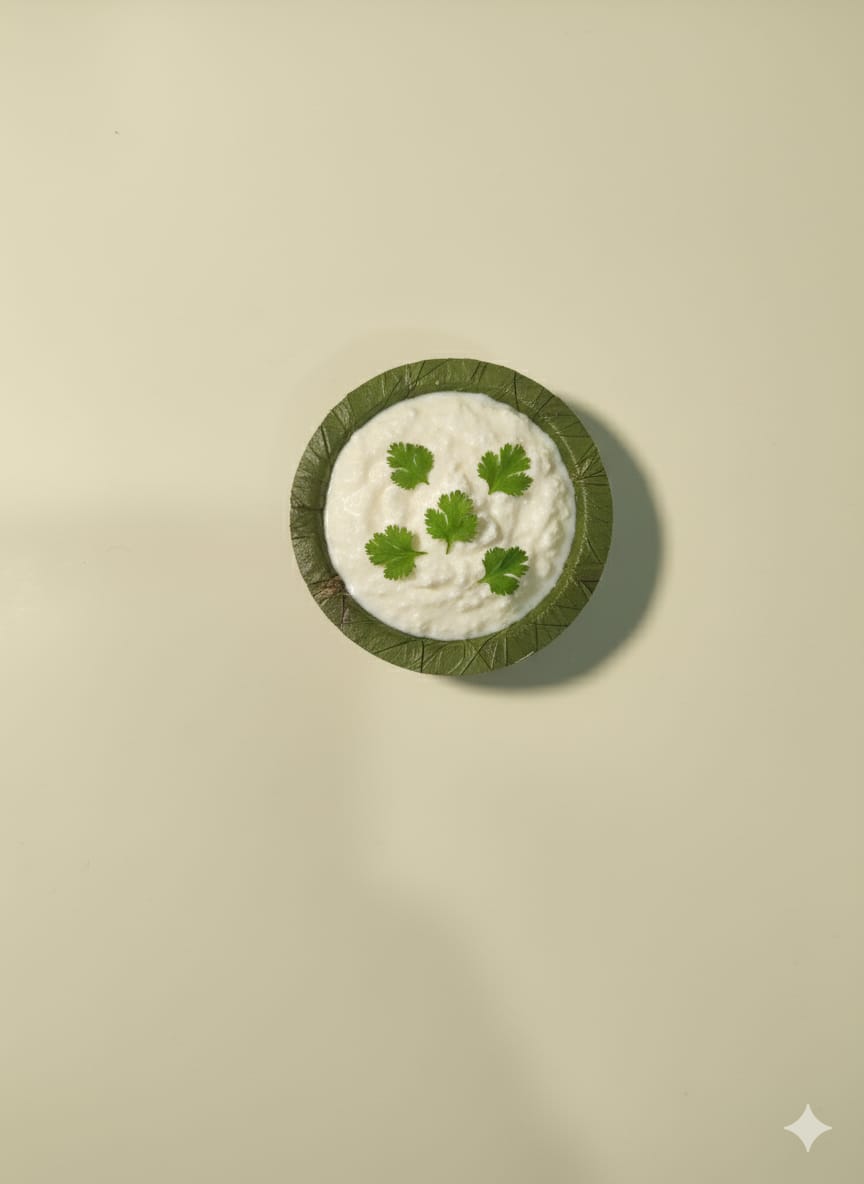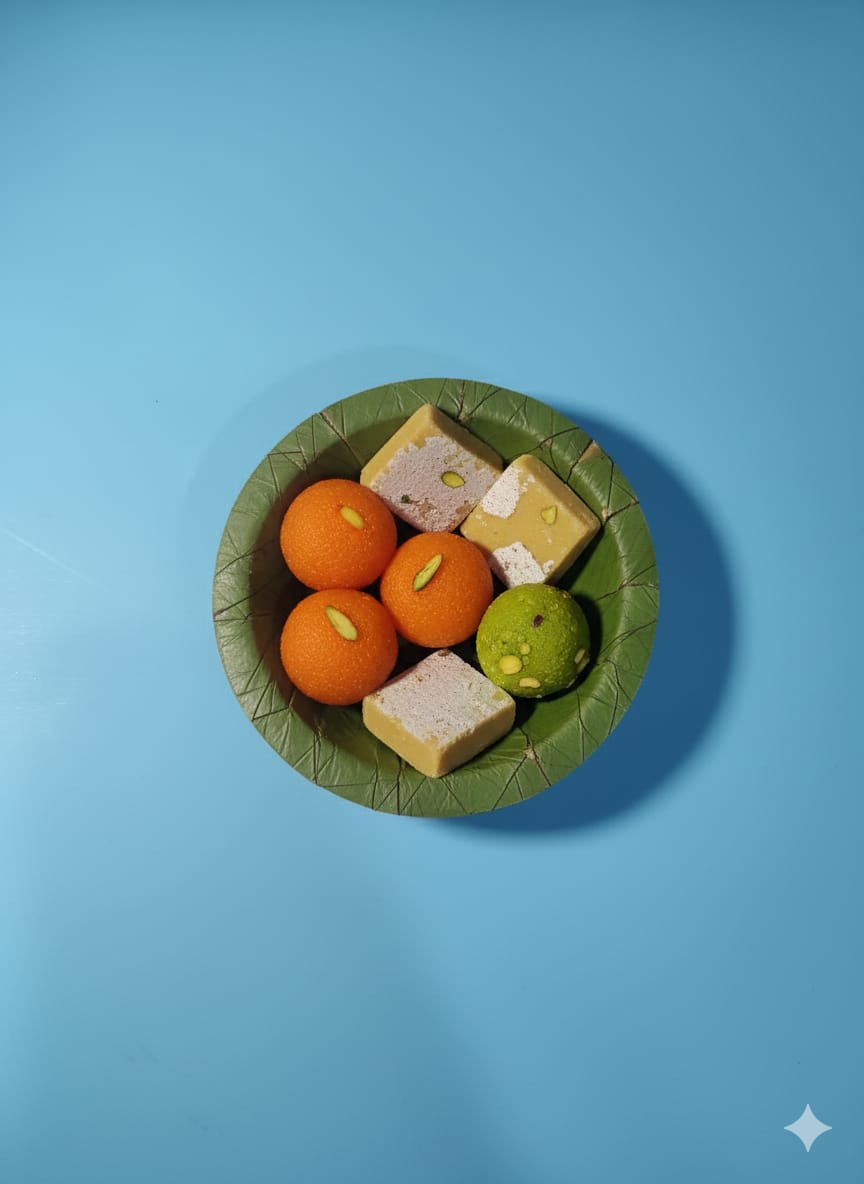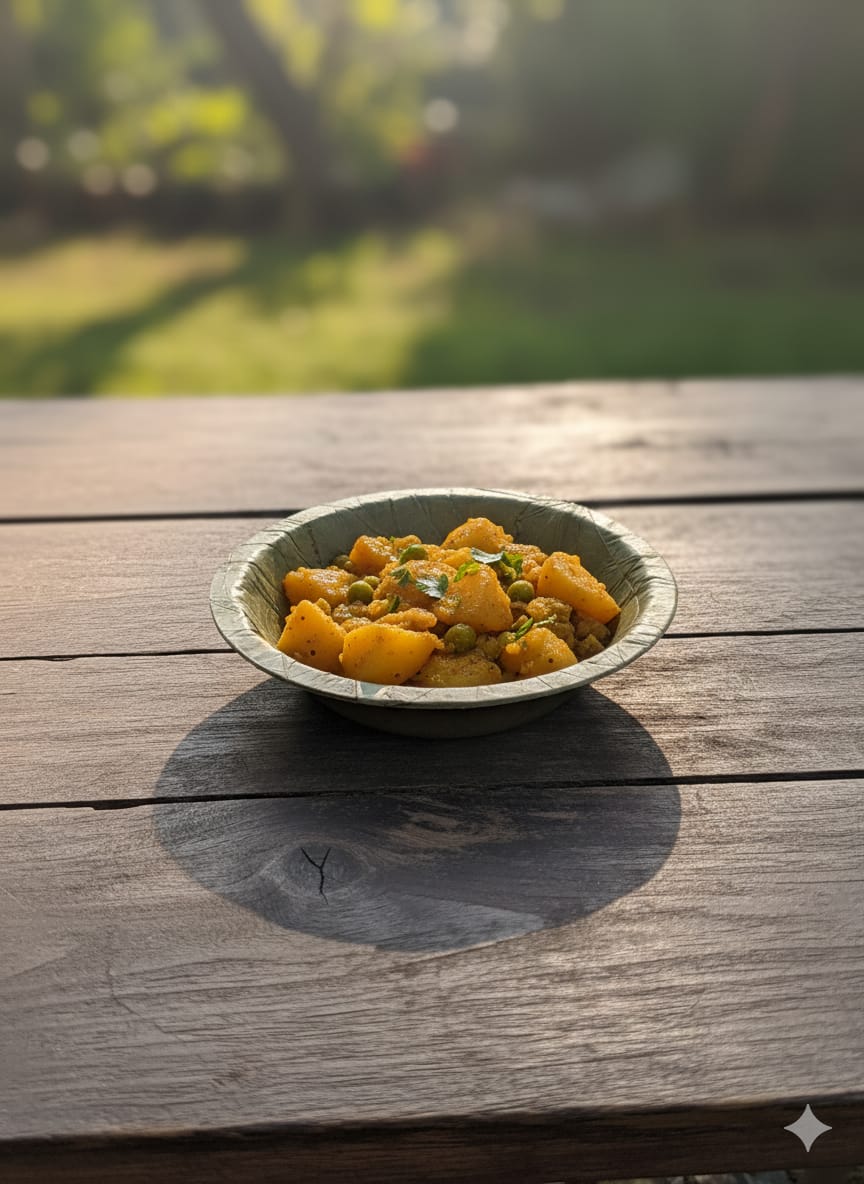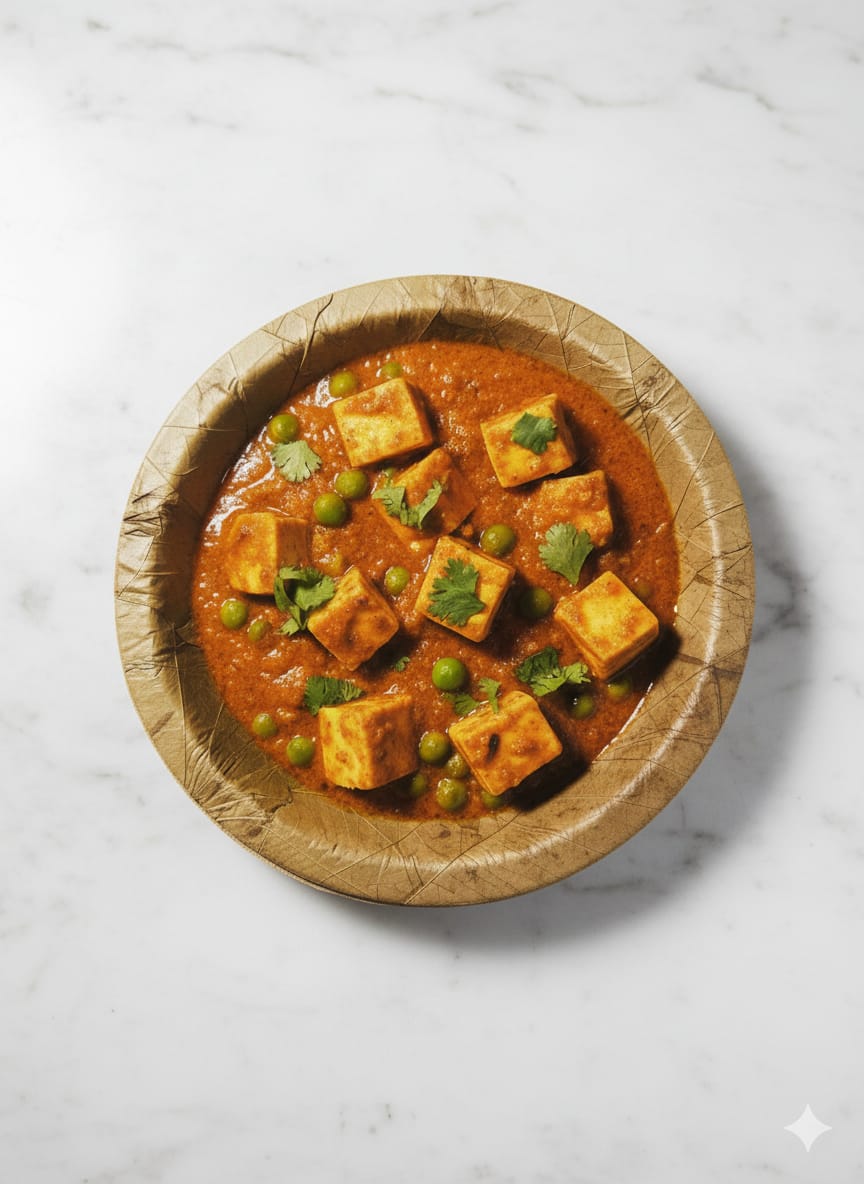Blogs

Backyard to Banquet: When Leaf meets Chic
Leaf Plates in Weddings and Large Events: A Green Revolution on the Guest List ???? Planning a wedding or large event comes with a myriad of laborious decisions—but going eco-friendly shouldn't be one. The growing alarming effects of climate change have made even celebrations follow the sustainability movement. It all comes down to making one of the easiest and surprisingly justified trendy choices i.e., switching to leaf plates. These natural wonders are biodegradable, compostable, and exceedingly desirable. Plus, they spark environmental conversations better than any fancy table centerpiece. Let’s dive into why more couples and event planners are opting for leaf plates for their special days. Spoiler alert: It’s about more than just saving the planet. Gone are the days when being eco-conscious meant sacrificing style. Leaf plates, especially those made from sal, banyan, or palm leaves, have an earthy elegance that plastic could never compete with. Their textured look, rich patterns, and natural tones blend beautifully with rustic, boho, or outdoor wedding themes. Imagine long wooden tables set with a view of the enormous waves at the beach, lined with handcrafted leaf plates and coconut shell bowls—it’s like a Pinterest dream came to life. And yes, they make a hell of an aesthetic delight as well. Guests love sharing snaps of their unique dinner setups, and your event suddenly becomes an artistic Economic, Environmental, and Social trendsetter. Large weddings can generate mountains of trash, with plastic disposables making up a huge chunk. This is where the game changer, Leaf plates comes in as the balm to the planet and its living beings. Once the guests have eaten and the music fades, there’s no pile of plastic headed for a landfill while waiting millions of years to be engulfed. Instead, leaf plates decompose naturally in compost pits or garden soil within weeks. You’re not just celebrating your love—you are sending an environmental statement. In fact, eco-conscious wedding choices like this can inspire guests to question their own lifestyles. One couple’s switch can cause a wrinkle in time, and that’s commendable. Let’s get practical for a second. Leaf plates aren’t just pretty—they’re surprisingly durable too. These plates can hold heavy foods like creamy pasta, saucy curries, and yes, even the legendary wedding biryani without leaking or folding. No more balancing a weak plate with another and a prayer. And because they’re so lightweight, they’re perfect for buffet-style events where guests are walking around, mingling, singing and dancing with plates in hand. You don’t have to worry about spills or thrills, just let leaf plates be the silent heroes of the cuisine. When you prefer leaf plates, you’re supporting a heartfelt mission rather than just a healthy environment. Many of these plates are handmade by rural artisans using age-old techniques passed down for generations. Your purchase helps sustain their craft, families, and communities. So instead of going for a no-brainer and placing your money into mass-produced plastic, you’re investing in tradition, culture, and small-scale businesses. It’s a circle of life that goes from forests to families to your fairy-tale events. Weddings are intimate, but also public. Every decision you make, from the decor to the dinnerware, tells a story. Choosing leaf plates doesn’t just add homely charm to your aesthetic—it adds significance. Guests will notice. Conversations will start. And you’ll feel proud knowing your big day didn’t reckon with the slow degradation of Earth. Plus, let’s face it—nothing feels better than enjoying good food, good company, and knowing your plate isn’t harming the planet. With leaf plates, you’re not just serving meals. You’re serving a message of hope, love, and accountability. So next time you're planning a wedding or a grand celebration, don’t just think about the color theme. Think Responsible, Think Green, Think Leaf plates. Home Composting Tips for Leafware: Turning Dinner into Dirt with a Smile Ever thought your dinner plate could turn into garden gold? If you're using leafware—those lovely plates made from dried leaves—you’re already halfway to a greener lifestyle. Now let’s take the next step: composting them at home! It’s easier than you think, and no, you don’t need to be a gardening pro. Leafware is natural, biodegradable, and just waiting to return to the earth. So let’s roll up our sleeves and get those leafy plates breaking down beautifully! Leafware is usually made from pressed palm leaves, banana leaves, or other naturally fallen foliage. That means no chemical processing, no plastic linings, and no weird smells; just pure plant goodness. This makes them perfect candidates for home composting. Before tossing in your plate, make sure it’s not coated with anything greasy or cheesy—that stuff can slow the whole process down. You can break up the plates into smaller pieces for quicker composting. Think of it as giving your compost pile bite-sized snacks instead of full meals. Plus, smaller bits mean faster breakdown and faster breakdown means happy compost and happier plants. You don’t need a fancy bin or garden space to compost leafware. Even a large bucket or old bin with holes in it can do wonders. Just remember the golden rule: Balance your “Browns” and “Greens.” Leaf plates count as browns—dry and carbon-rich. Pair them with kitchen scraps like fruit peels, veggie bits, or even coffee grounds, which are your “greens.” Too many browns and your pile stays dry and sluggish. Too many greens and you’ve got a stinky mess. Keep things fluffy and well-aerated by turning your pile every week. Think of it as fluffing a pillow—easy and oddly satisfying. Got a dinner party mountain of leafware? No problem. Speed things up with a few tricks. First, chop the plates into small pieces. Scissors work great if you're not in the mood to tear by hand. Then, soak them in water overnight. This softens them up and jump-starts the decomposition process. Think of it like marinating your compost ingredients! Once soaked, toss them into the middle of your compost pile. The center is the warmest part—nature’s own slow cooker. Your plates will break down faster and become nutrient-rich compost in no time. Composting leafware is easy, but there are a few party crashers to avoid. Skip composting any leaf plates that have soaked in oily, non-organic sauces or are stained with meat and dairy. These items attract pests and mess with your compost’s balance. Also, if your leafware has labels, glue, or decorations, remove them before composting. Not everything that looks natural is actually compostable. A quick rinse before adding the plates can also help keep the pile healthy and pest-free. After a couple of months, your compost pile should turn into rich, dark, crumbly goodness—also known as "black gold." This is your reward! Use it in your garden, mix it into potted plants, or sprinkle it around trees. Your leafware’s journey has come full circle—from plate to plant food. Just imagine: the same plate that once held your spicy noodles is now feeding your tomatoes. That’s the kind of magic composting brings. Don't have a yard? No big deal. You can still compost your leafware indoors with a little creativity. Try vermicomposting—yes, with worms! Leafware is the perfect bedding material for worm bins, especially when shredded. Or go for a bokashi bucket system, which ferments waste indoors with no odor and little effort. Tiny apartment? Big sustainability goals? Leafware composting is totally doable, even in the smallest of balconies. Once you get into the composting groove, you’ll want to tell everyone—trust us! Hosting a party? Let guests know your plates will be going straight into the compost bin. Get your kids involved by turning composting into a fun and educational game. It’s a hands-on science with a side of competence and commitment. The more we share composting habits, the better for our planet. Leafware makes it ridiculously easy, so let’s keep that cycle spinning. Final Scoop: Let Your Plate Do More Than Just Hold Food Composting leafware is one of the easiest and the most rewarding green habits to unearth. It’s one small step for man, one giant leap for mankind. So next time you finish your meal on a leafy plate, don’t toss it—transform it. Give your future generations more by composting leafware. Eco-Fine Dining: Restaurants That Switched to Sustainable Style In a world where plastic forks and paper napkins once ruled, a quiet but beautiful revolution is happening—one plate at a time. High-end restaurants, known for velvet chairs and candlelit tables, are trading luxury’s old look for something a little more leafy—and a lot more Earth-friendly. Welcome to the new age of eco-fine dining, where the meals are fancy, and the morals are freshly trendy. Let’s be honest—fine dining wasn’t always known for being sustainable. From imported water bottles to plastic-packed ingredients, the carbon footprint was huge. Diners loved the glitz, but the planet? Not so much. That’s when a few thoughtful chefs and owners decided it was time to change the script. They realized food that looks and tastes great should also do great. That meant cutting waste, saying goodbye to single-use plastics, and embracing more natural and local choices. One of the most eye-catching changes has been the shift from ceramic or plastic plates to leaf-based alternatives. Palm leaf plates are now popping up even in the fanciest places, and they’re not just pretty—they’re practical. These plates are sturdy, compostable, and give a unique texture to the table. Restaurants like Earthstone in Mumbai and The Green Fork in California proudly display their biodegradable serving ware like its jewelry. And guests? They love it. Some chefs even say the plate adds to the taste—yes, really! The subtle natural scent of the leaf can blend beautifully with fresh herbs and spices. So, not only are you saving the planet, but you’re also enjoying a fuller, fresher and genuine experience. Eco-fine dining isn’t just about swapping out the plates—it’s about changing the entire journey from farm to fork. Many of these restaurants are sourcing ingredients locally, reducing travel emissions and supporting small farmers. In fact, some high-end places have even started their own rooftop gardens. Fresh basil from upstairs? Yes, please! Green Table Bistro in New York uses only seasonal vegetables grown within 100 miles of their kitchen. No frozen peas from Peru here. Meanwhile, in Goa, Sattvik Soul Kitchen has teamed up with nearby organic farms to deliver soil-to-plate freshness. Diners not only enjoy flavorful meals but also get to learn where their food came from. Transparency and Trust in the process never tasted this good. One of the coolest things about these sustainable restaurants is how creative they’ve become with leftovers. Food waste is a major issue in hospitality, but eco-fine dining spots have found ways to turn scraps into stars. That wilted spinach? It becomes a velvety soup base. Carrot tops? They’re blended into herb-rich pesto. Even old bread is reborn as crunchy croutons. Kitchens are turning into zero-waste labs where no edible part is left behind. The result? Dishes that surprise, satisfy, and spark conversations. And it’s not just the food. Menus are printed on recycled paper, water is served in glass bottles, and even the light bulbs are eco-smart. Every tiny decision counts. What’s amazing is that customers are fully on board with the change. In fact, many choose restaurants because they care about the environment. Diners feel good about their choices when they know they’re supporting places that serve both good food and good values. Plus, let’s admit it—leaf plates and upcycled decor are Instagram gold. People love sharing meals that look beautiful and come with a story. It’s a win for the restaurant and a win for the planet. The consciousness towards the environment and its beings has begotten an increase in the Vegans, a lifestyle that negates the employment of animal products. The Local Farmer’s Role in the Supply Chain: A Fresh Perspective When you bite into a juicy tomato or savor that crispy Naan, do you ever wonder who made it possible? Behind every delicious meal is a hardworking local farmer—quietly fueling our food supply chain. These unsung heroes don’t just grow crops; they grow our economy, nourish communities, and connect villages to cities with baskets full of hope. Local farmers are the offset of the food supply chain, and without them, the system simply wouldn’t exist as the anchoring primary sector of the world's countries. They wake up before the sun, check the soil, water the plants, and hope for good weather while the rest of us still snooze. Every grain, vegetable, and fruit we consume begins as a tiny seed in their hands, nurtured with care, love, tears, blood and sweat. They know the land like a mother, using traditional wisdom and seasonal rhythms to plant the right crop at the right time. From choosing native seeds to practicing organic techniques, many local farmers are turning sustainable methods into everyday habits. And guess what? These methods not only protect the earth but also keep the food free from harmful chemicals. Without these tireless efforts, food factories would be empty, grocery shelves would be barren, and dinner tables would lack color and flavor. The farmer doesn’t just grow food—they plant reliability into the supply chain. The journey of goods from a rural farm to your nearby market is a drama worthy of its own franchise. Farmers harvest their crops in bulk and pack them carefully, often using jute sacks, leaves, or eco-friendly boxes. These items are then loaded onto small trucks, bullock carts, or tractors to reach the nearest wholesale market. In many villages, local farmers pool resources and form cooperative groups, helping each other sell their products in bulk. These cooperatives allow them to bargain better prices, reduce transport costs, and avoid greedy middlemen. The role they play here is not just of a cultivator, but also that of a smart entrepreneur. Even more inspiring are farmers who have embraced technology and are now using mobile apps to track prices, connect with buyers, and schedule deliveries. Some even sell their produce directly to consumers via social media or local e-commerce platforms. It’s an Agricultural transformation that's constantly evolving, and it’s led by the same farmers who once only relied on monsoons. Local farmers are not just contributors to the economy—they’re the backbone of community cultural and rural identity. When you support them, you’re not just buying food, you’re investing in traditions that have existed for centuries. The flavors you enjoy in regional dishes come directly from native produce grown by these agronomists. Their produce is fresh, seasonal, and free from long-haul preservatives. That means fewer food miles, less carbon emission, and better health for everyone. A tomato that travels five kilometers tastes far better than one that travels five thousand! Plus, by buying from local farmers, we reduce our dependence on international supply chains, which are often fragile during pandemics, wars, or economic shocks. Local food networks are surprisingly strong and flexible, bouncing back quickly and ensuring no one sleeps hungry. Whether you’re a city chef, a school canteen owner, or just someone who loves mangoes, you’re part of the supply chain. And your ch1. Style That’s Rooted in Nature (and Instagrammable!)
2. Zero Waste, Zero Guilt: A Win for the Planet and All
3. Strong Enough for Biryani, Light Enough to Dance With
4. Supporting Local Artisans, Not Plastic Corporate Giants
The New Trend in “I Do”: Going Green Gracefully
1. Know What You’re Composting: The Leafware Lowdown
2. Build the Perfect Compost Pile— Browns+Greens
3. Chop, Soak, and Conquer: Speedy Composting Tricks
4. What Not to Compost: Avoid the Party Spoilers
5. Harvesting the Black Gold: Your Plants Will Thank You
6. Tiny Spaces? No Problem. Try Indoor Composting
7. Spread the Word: Leafware Composting Is Contagious
Why Even Fine Dining Needed a Makeover
From Plastic to Palms: With Great Power Comes Great Responsibility
Gourmet Goes Vocal for Local and Organic
No Waste, More Taste, Make Haste
Customers Are Eating It Up
Sowing Seeds That Feed the Nation
From Farm to Market: An Anonymous Journey
Keeping It Local, Keeping It Alive and Kicking
Why Everyone Should Encourage Local Farmers




